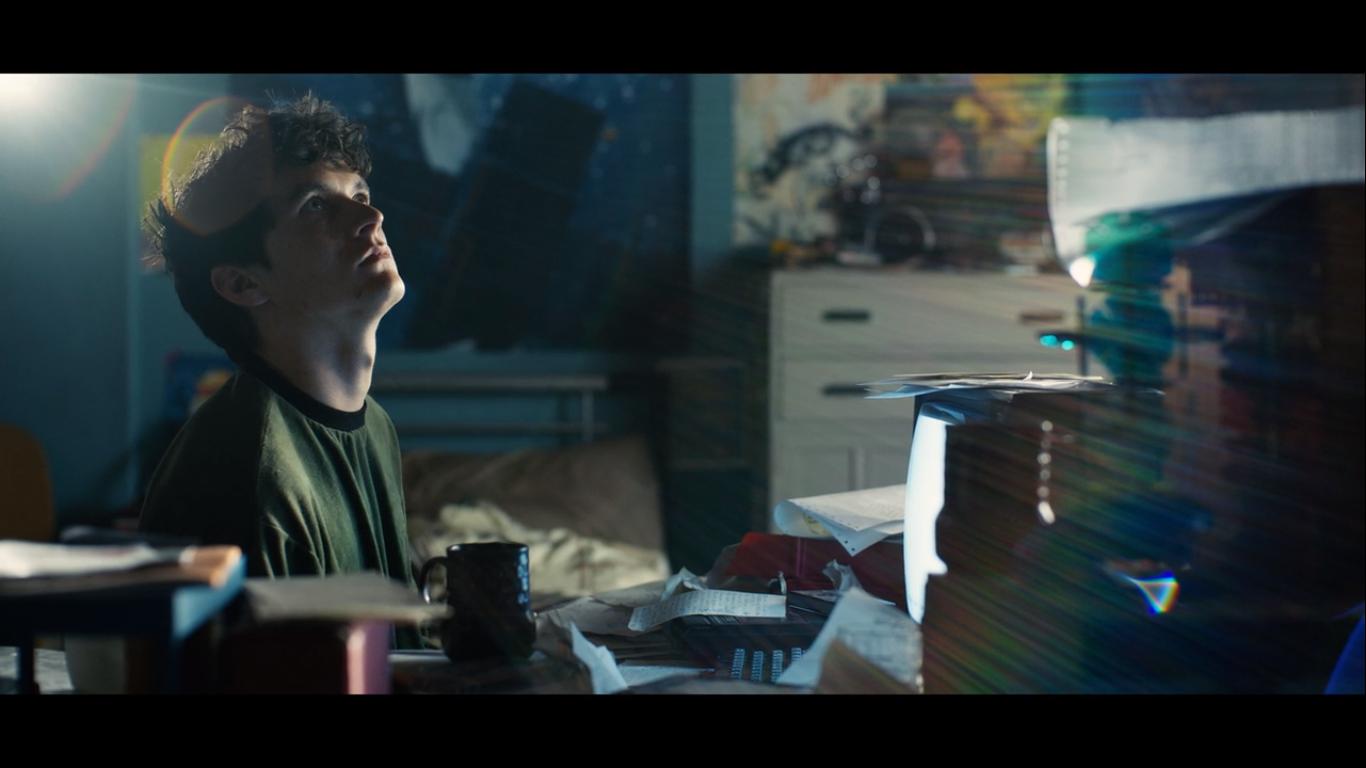Table of Contents Show
Unbreakable Kimmy Schmidt: Kimmy vs. the Reverend is the latest in Netflix’s foray into viewers’ active engagement with their viewing experience. With titles like Carmen Sandiego: To Steal or Not to Steal and Puss in Boots: Trapped in an Epic Tale, most of Netflix’s interactive specials are geared toward a younger audience. However, Black Mirror: Bandersnatch and You vs. Wild are part of the service’s efforts to draw more mature audiences into participation.
As Netflix looks to expand the medium, it is using Unbreakable Kimmy Schmidt’s solid fanbase and comedic narrative to move interactivity to a new genre. Kimmy vs. the Reverend brings option-based entertainment to a different level with its characters, comedy, and charm.
Expanding The Kimmy Schmidt Universe
Created by Tina Fey and Robert Carlock, Kimmy vs. the Reverend starts with Yuko 300 explaining how the interactive element works. Similar to the rest of Netflix’s choose-your-own adventures, you have a limited amount of time to decide the path you want to take, or the show will decide for you.

Prior to the show’s intro theme, there are several choices to make. These decisions immediately thrust the viewer into the experience and help them get acquainted with the option-based format. Though these initial choices are less consequential, there are still paths that could end the arc rather quickly.
Kimmy Schmidt vs. The Reverend‘s Premise
The story begins as Kimmy (Ellie Kemper) finishes planning her wedding to Frederick (Daniel Radcliff), a British royal who is 12th in line to the throne. The characters are still over the top and spunky, the writing observant, and the situation comedy filled. However, some of the scenes feel contrived as though they are looking for ways for viewers to make decisions. Choices like “what dress should Kimmy wear?” or “should Titus go to the gym?” that we make at first are somewhat trite. Further, adding Jan (the talking backpack) and pregnant pauses for viewer input makes it feel like a children’s show encouraging us to make the correct choices for our heroes.

As the show progresses, it calls on viewers to make more and more impactful decisions. The joyful excitement of picking a wedding dress is just the start of Kimmy’s journey to confronting her former captor. She discovers the possible existence of more bunker-held women, resolves to rescue them, and ends up with the Reverend’s fate in her hands in the West Virginia woods. Kimmy starts out picking a dress and ends up alone in the woods deciding whether or not to kill a man.
However, unlike the endings of Black Mirror, if you reach an ending resulting in failure, a character comes on screen and redirects you to the point where you should have picked something else. The show borders on railroading the viewer into the “correct ending” or at least limiting the actual impact one has on the story’s outcome. The only way to get a satisfying “Kimmy Schmidt” ending is to make morally correct choices for Kimmy. In one dead-end redirect scene, Mikey even says,
“Kimmy is a good person and you’re not making good choices for her”
Mikey
This escalation from inconsequential choices to life and death reveals a sort of butterfly effect that gets viewers thinking: how many of our everyday choices lead us to life-altering ones? Avoiding major spoilers, the ultimate ending ties up loose ends, fulfills everyone’s needs, and gives the audience something to smile about. Kimmy has come full circle in her journey from being a mole-woman to reintegrating into society to becoming a rescuer herself.

The more inconsequential choices made at the start of the show are referenced and leave you wondering if perhaps they did have an effect on the outcome. As we revel in Kimmy’s happy ending, Walter Bankston — the interviewee at the start of every episode — is seen in the crowd proclaiming, “This was a fascinating transition!”
A Show To Add To Your Queue
The story is intriguing, the characters quirky as ever, and the comedy takes bold digs at current culture. As a one-off, the special was brilliantly done. However, the interactive element almost brings viewers out of the suspension of disbelief that the show asks for. In life, we cannot go back to changing pivotal choices.
Even if we take a fresh start, the time and consequences of our decisions stay with us. Kimmy vs. the Reverend allows us to examine our choices and change mistakes in our path along with the characters. While the special is worthy of your next Netflix session, it is less conducive to its medium than other interactive installments.
Choose-Your-Own Entertainment
Unbreakable Kimmy Schmidt: Kimmy Vs. the Reverend brings comedy into Netflix’s lineup of choice-your-own-adventure shows. While the choices might excite some, it also robs viewers of some autonomy. Asking Netflixers to choose their own endings requires them to pay full attention to what they’re watching.
But do adult audiences actually want to have a say in their entertainment narratives? Some people use Netflix as a relaxation aid and turn on a show to have on while they wind down, relax, or just as background stimulation. Asking viewers to choose a path every few scenes demands your attention, especially if it is a character you want a good ending for. Some viewers may be turned off by the work they are being asked to do. While this problem reaches across genres, some shows and storylines are more suited to the interactive element.
Interactive Sci-Fi
Black Mirror aficionados are already used to the mind-bending results that character choices create. Black Mirror: Bandersnatch asks viewers to bring their own morality into question by giving them the choices within the narrative. Because Black Mirror is a show about how people would act when thrust into alternate timelines, it is a good venue for the medium.

Sci-Fi itself explores what could be and Bandersnatch pushes this past the fourth wall. Since the storyline itself in Bandersnatch hinges on making choices, the audience can fully accept the show’s reality.
Interactive Reality
You vs. Wild is another show that lends itself to interactive storytelling. Though not as intuitively interactive as Black Mirror because of the “reality” nature of the show, viewers are still tuning in to see if they could possibly survive a similar situation. Some decisions may seem staged, but overall, the show is a family-friendly adventure that engages both the adult and younger audiences.

Though some might use the choices as a way to torture Bear Grylls, it is ultimately about putting yourself in the shoes of survival without real risk. With sci-fi and reality television lending themselves to the choose-your-own format, Kimmy vs. the Reverend allows viewers to create comedic scenarios with their choices.
Interactive Comedy
Fans of Unbreakable Kimmy Schmidt enjoy the cheerful determination that Kimmy brings to every situation. The supporting characters have over the top personalities that bring the vibrant world to life. However, this is less conducive to the interactive format that Kimmy vs. the Reverend is presented in.
Comedies are often built around the awkward or dubious choices that characters make. This amuses and relates to viewers who know they might make similarly laughable choices if given the chance. If the audience is railroaded into picking only the “right” options, it distances them from the story.
A New Way To Netflix
So what is the future for interactive entertainment? While certainly a captivating tool for children’s shows, perhaps adult audiences would rather have clever storytelling, plot twists, and complex characters to hold their attention.
Conceptually, audience participation is a fresh way to enjoy at-home entertainment. If used masterfully, the interactive element adds a feeling of collaboration between viewers and show creators. If implemented poorly, it can be read as a gimmick to get watchers to stay interested. Kimmy vs. the Reverend offers a fun, character-driven experience that asks you to make good choices for both the characters we love and while exploring your own morality as well.
